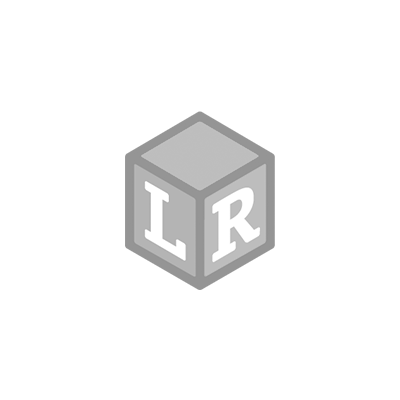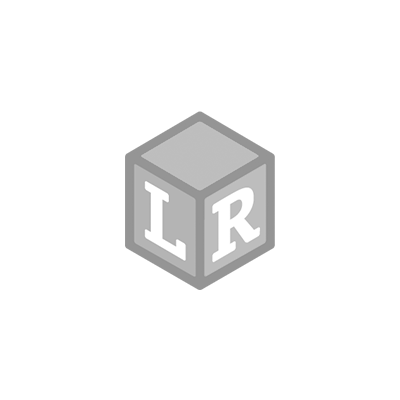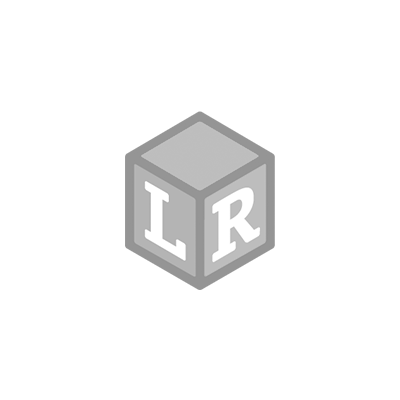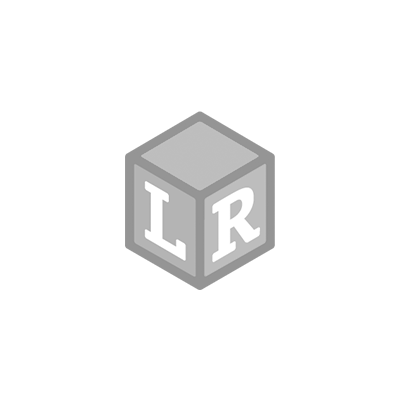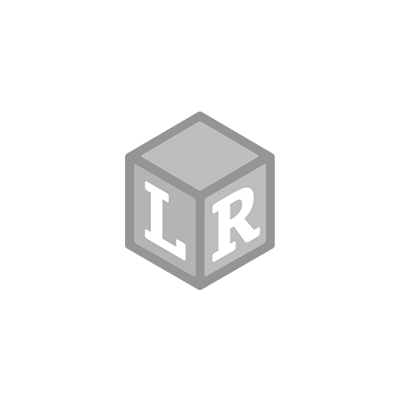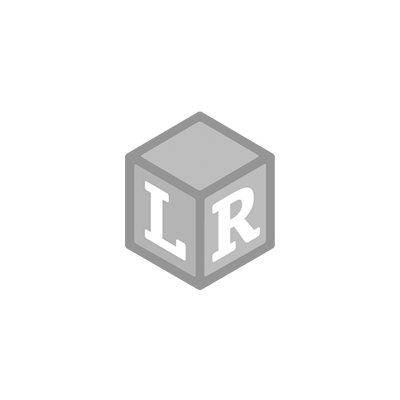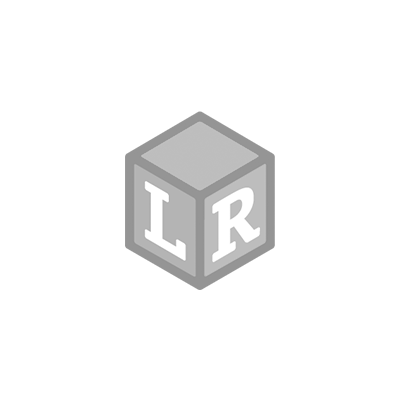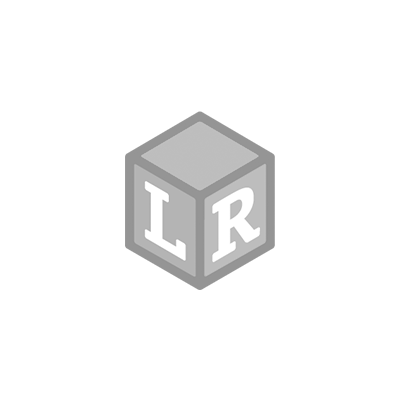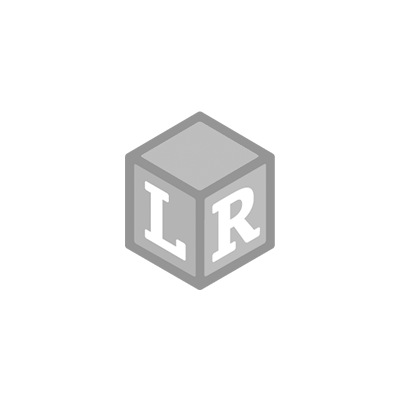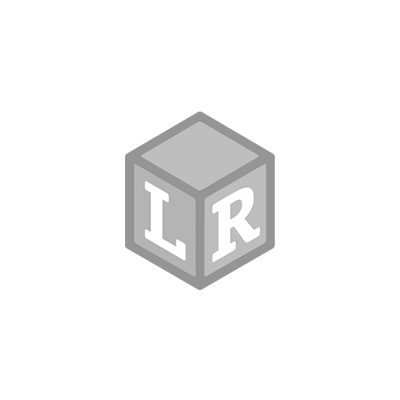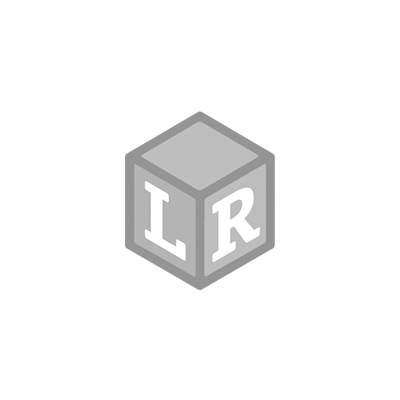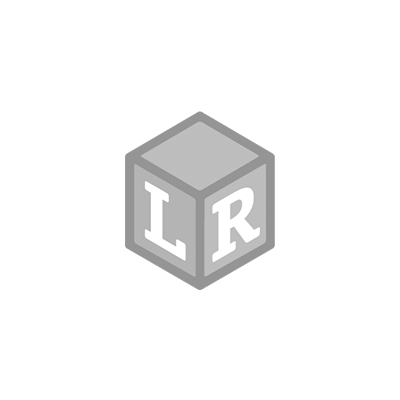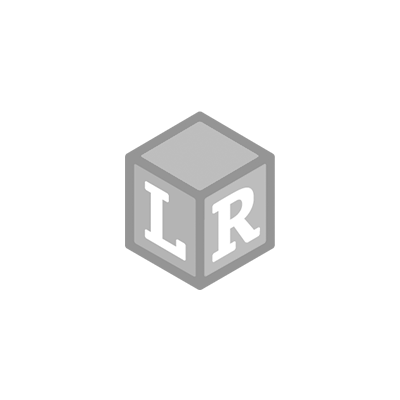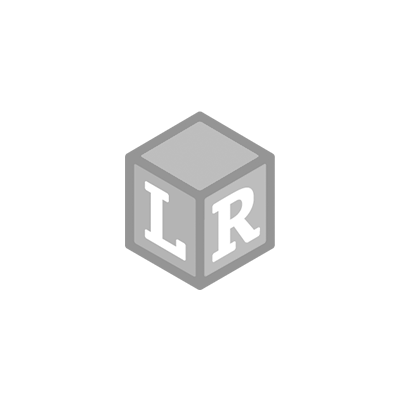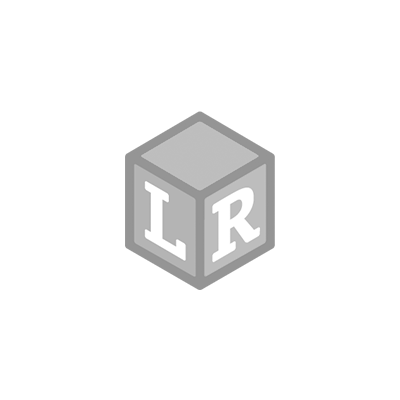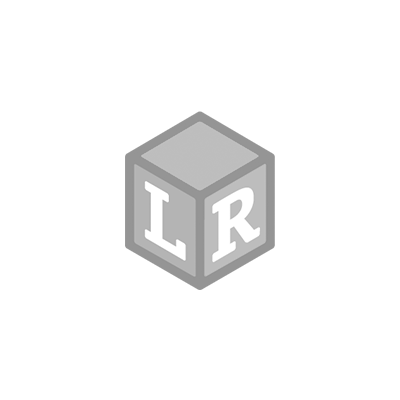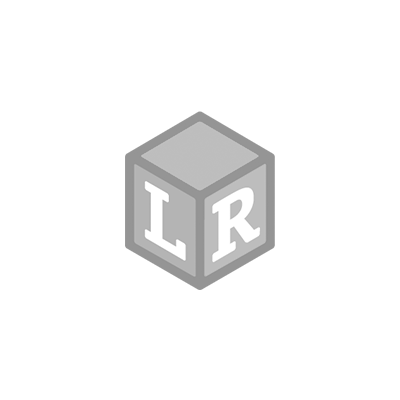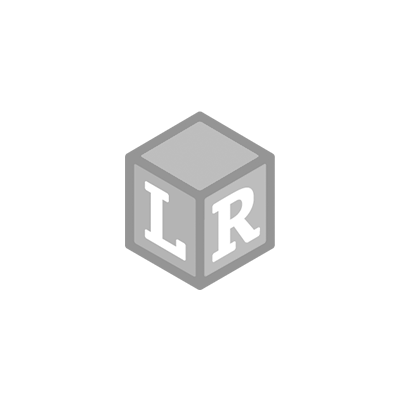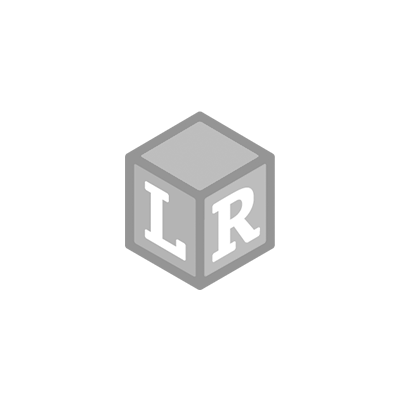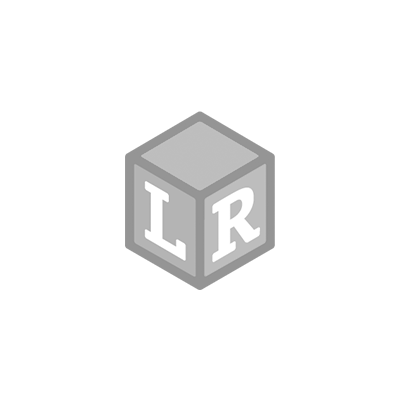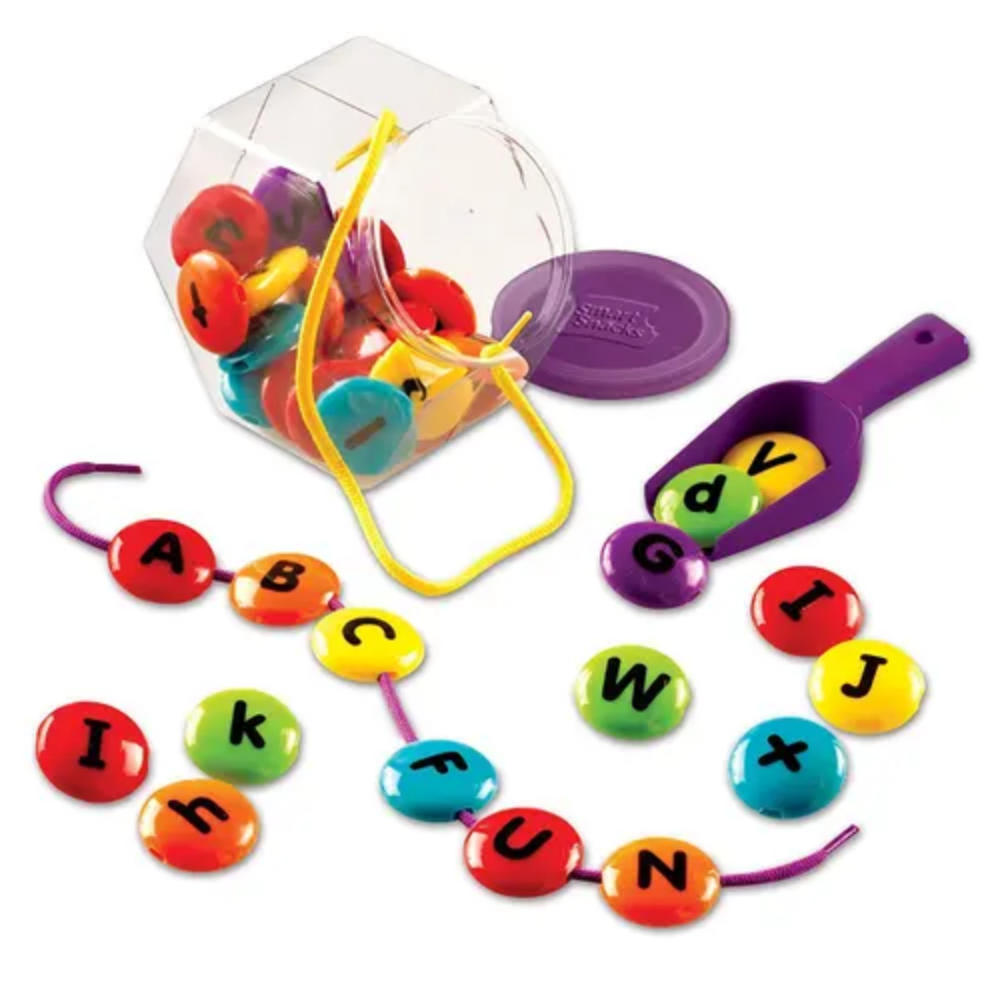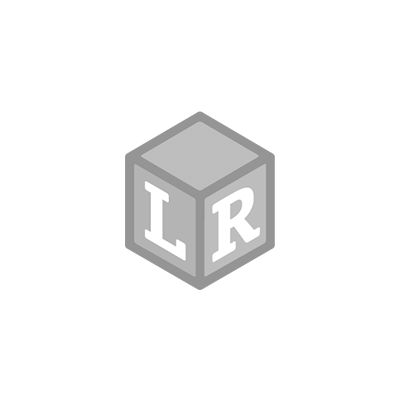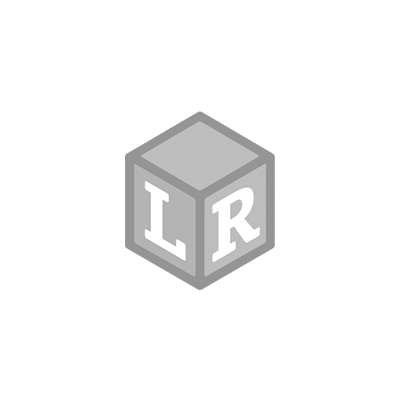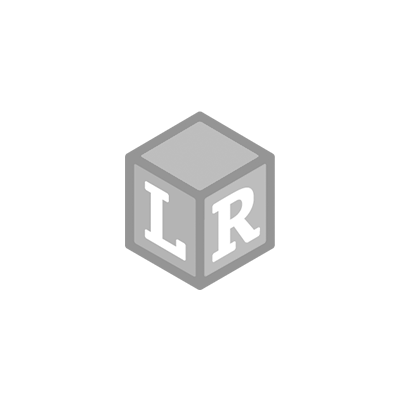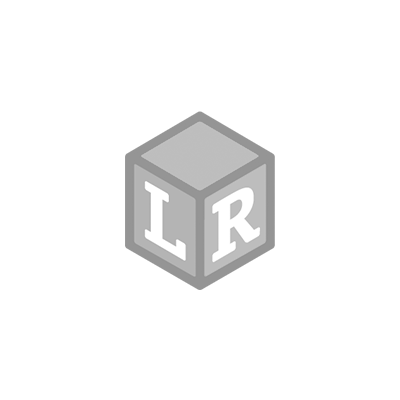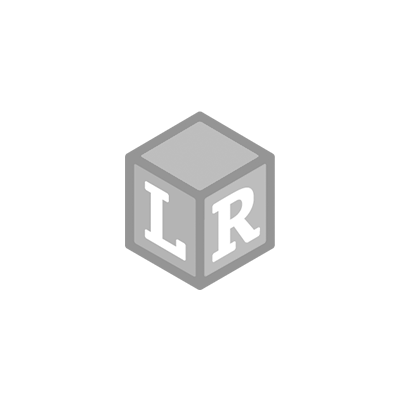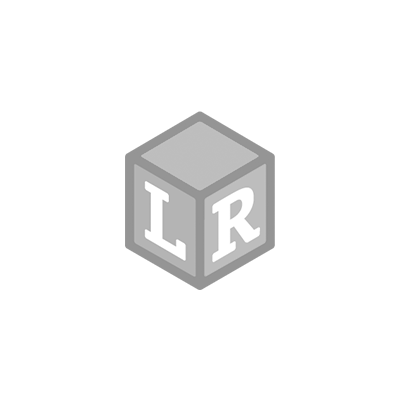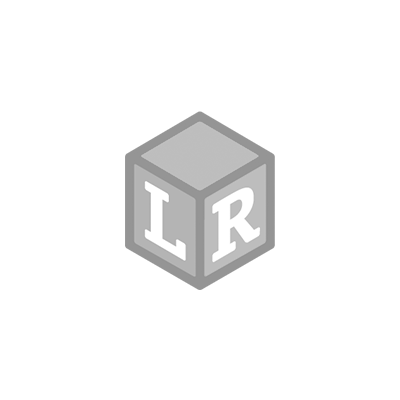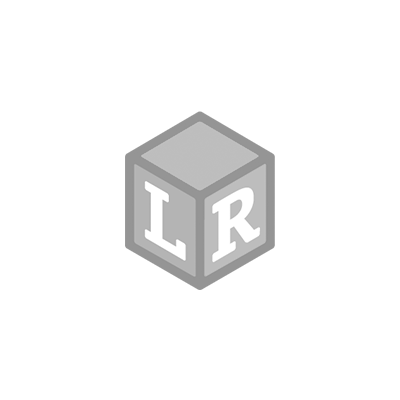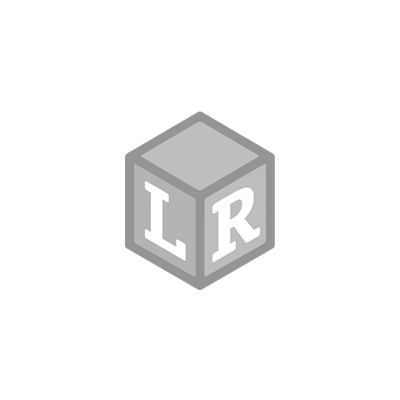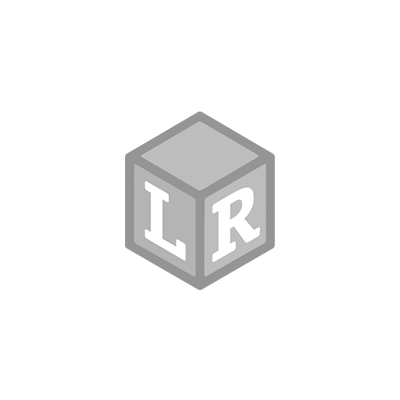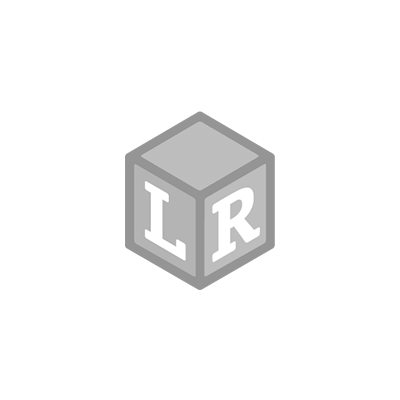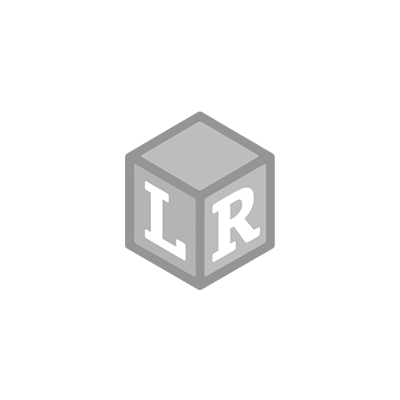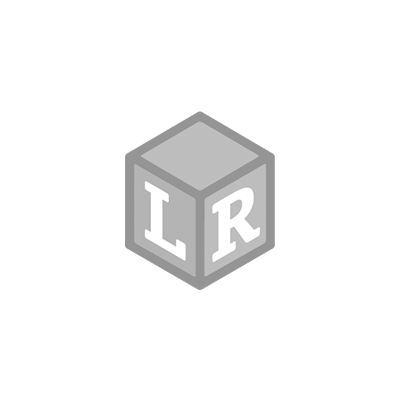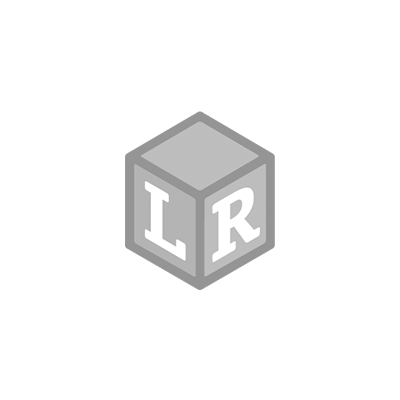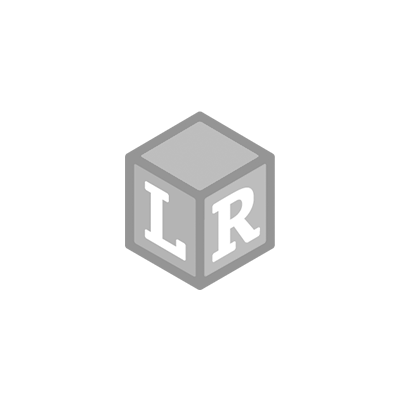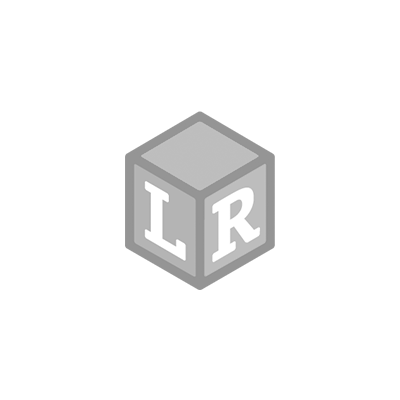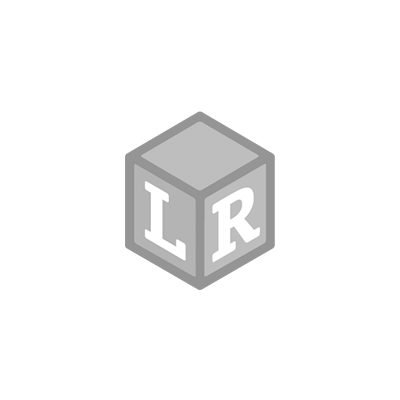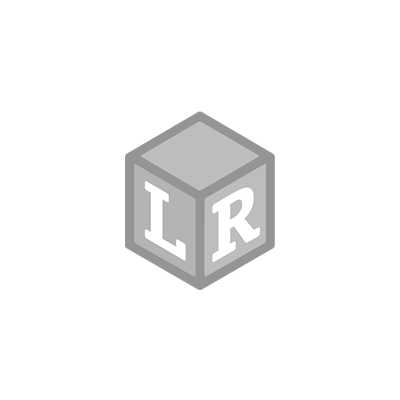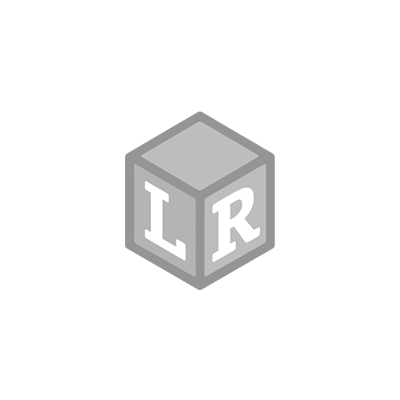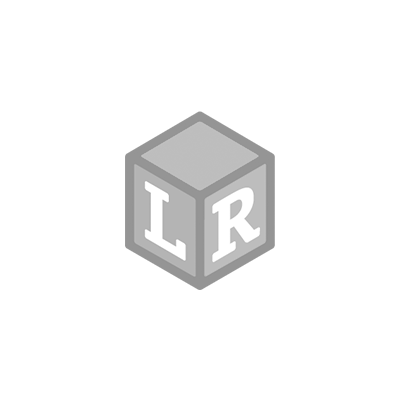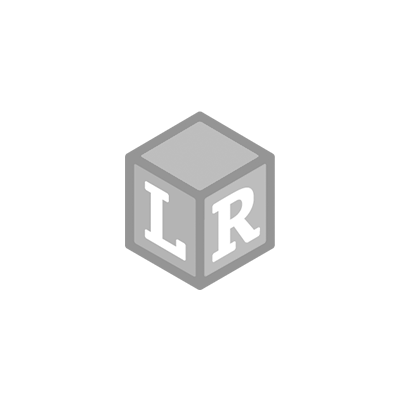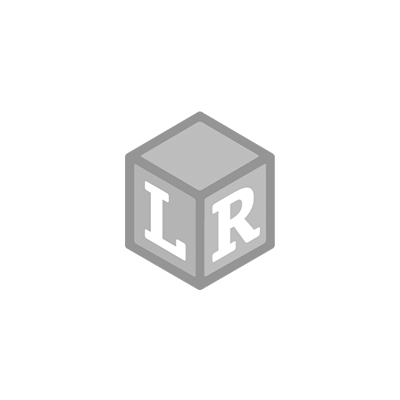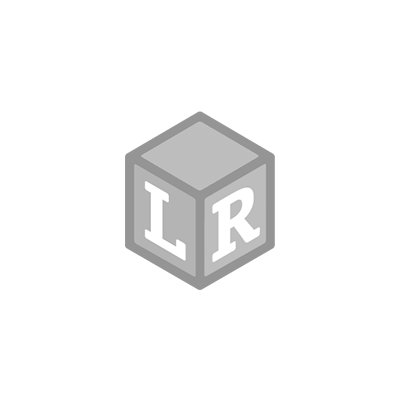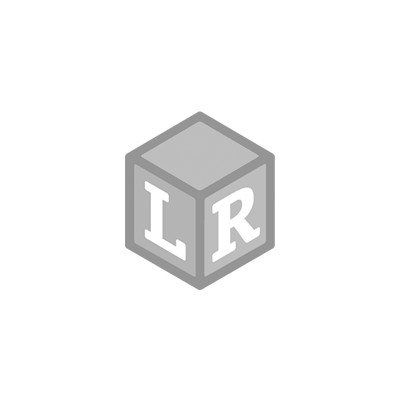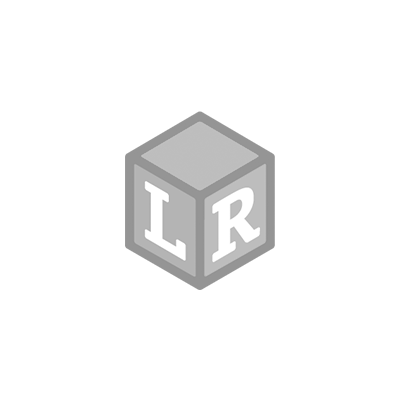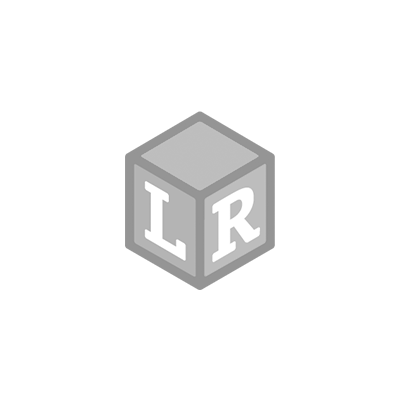There’s no doubt that this upcoming school year will look different. Change can be challenging, but adapting to change early can help relieve some of the stress on top of first day jitters.One of the known sweeping changes coming to the classroom is mandated masks. Masks are an important and easy first line of defense for children’s’ health and safety in the classroom. Today we’re sharing a few tips and tricks to help your child get in the habit of wearing a mask for long periods of time before stepping back into the classroom.

Be a role model.
Whether we know it or not, kids watch our every move. If you’re wearing a mask, they will likely ask why. Explaining to your children that you are wearing a mask in an effort to protect yourself and those around you from getting sick is an easy way to start the conversation. No one likes to feel sick, so wearing a mask can help prevent those icky feelings. Having these conversations with children now (if you haven’t already) is important for them to begin to understand why masks are part of our new normal.
Start wearing masks now.
We all know how hectic the first day of school can be! This isn’t the time to add a mask in the mix. Starting to practice wearing a mask will help children get into the habit, similarly to wearing shoes inside public buildings. Beginning this practice a few weeks in advance will help your child become more familiar with the idea of wearing a mask to (hopefully) avoid any push back in those first days back.
Practice at home.
There are a few ways to start normalizing the idea of masks at home. Try putting a mask on a favorite stuffed animal or doll and act out a trip to the doctor. The animal or doll can be praised for wearing their mask, and in doing so your child will begin to positively associate wearing a mask.Beginning to wear a mask for eight hours each day will be a big change if your child has only worn it for short periods of time (or not at all). Gradually have your child wear the mask for longer increments of time. Start with a short time like 5 seconds, then 10 seconds, and work up from there. The goal is to only increase the time when your child has successfully worn the mask without taking it off.Another way to practice at home is by wearing a mask around the house. Normalizing this look with your child will build familiarity and comfort right at home. Try taking selfies with the mask too and use positive comments like “You look like a superhero!” or “You look great wearing a mask!”Try printing out pictures of your child’s favorite character and encouraging them to draw a mask on them. Positive comments like “[Character] loves to help others, and I’m sure they would wear a mask to protect their friends. You’re just like them!” are helpful for normalizing this new habit.If you are able, consider letting your child pick out their own mask(s). Try making this special like back to school shopping for a backpack. If they find a mask they like, they may be more inclined to wear it and pick out outfits to go with it.If necessary, you can offer a small reward for wearing the mask such as a treat, screen time or a special book to read. Setting clear guidelines for these rewards may make children feel more inclined if they are struggling.What are your tips for normalizing wearing masks with children?



 Shop UK Site
Shop UK Site 
